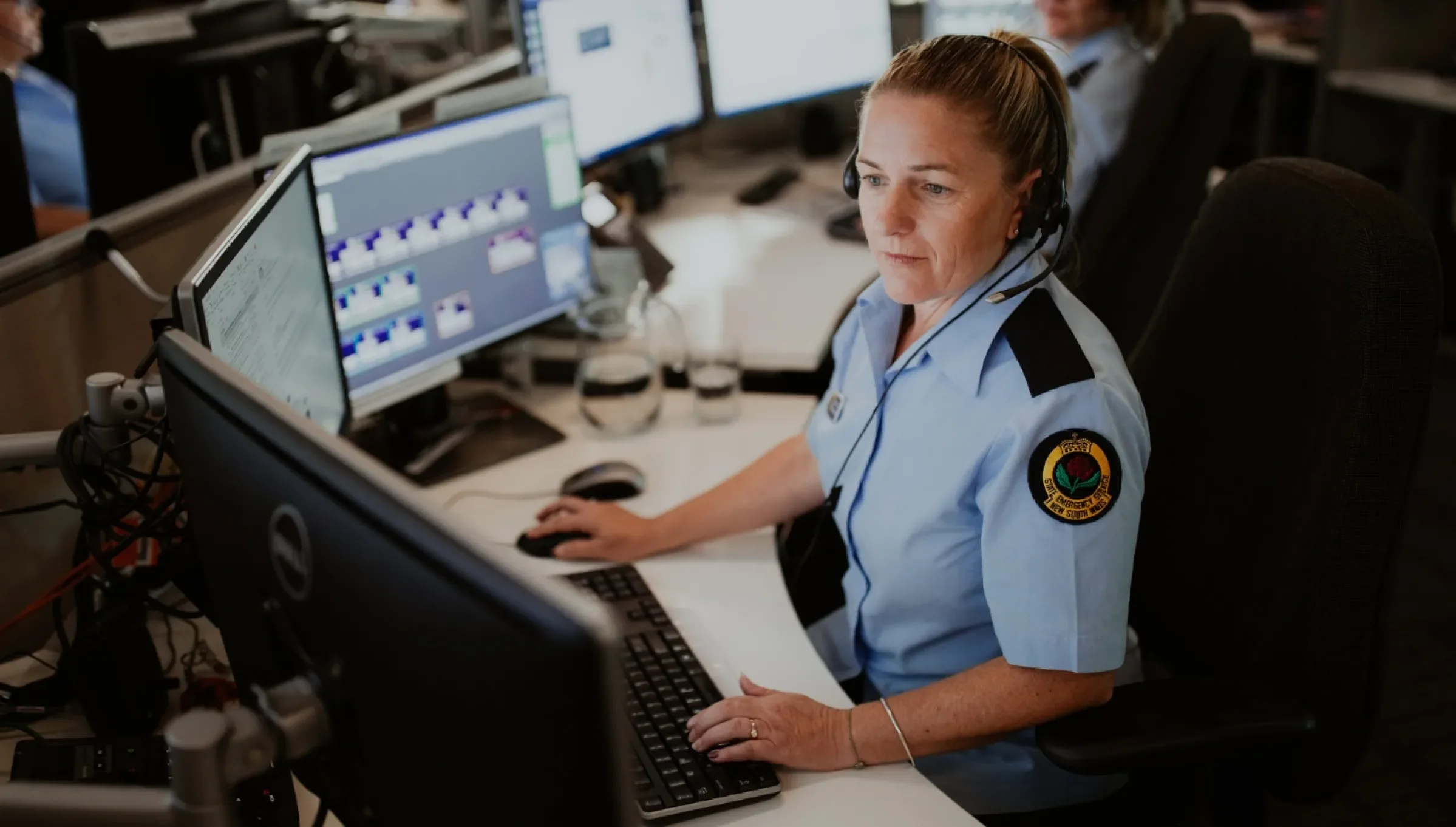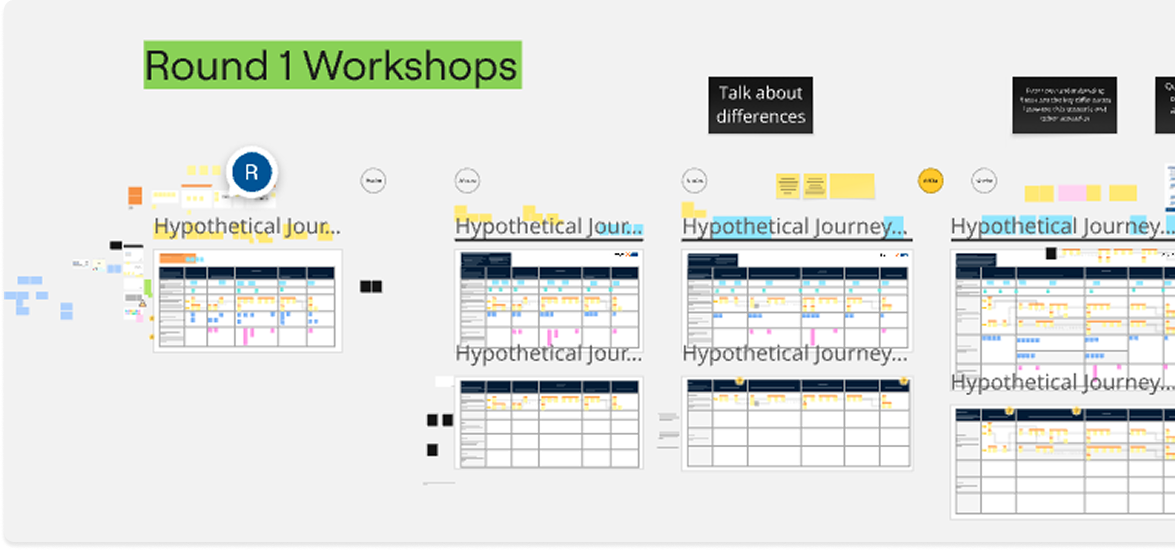PORTFOLIO
Client: Name of case study (Add anchor link)
Defining & redesigning emergency response in NSW
CLIENT
NSW SES
TIMELINE
14 weeks
ROLE
Project lead
+
Principal service designer
THE STAGE
Australia’s climate is changing, and the number of extreme weather events is increasing. That means more floods, storms and other disasters, and more demand on the emergency services that respond.
The NSW State Emergency Service (SES) plays a critical role as the lead combat agency for floods, storms and tsunamis across New South Wales. The organisation is powered by a large and diverse group of volunteers who respond in complex, high-pressure situations.
Following the 2022 floods, a formal inquiry recommended significant improvements to SES operations. A key opportunity was in how the organisation coordinates its response, particularly the technology that supports it.
THE SITUATION
Volunteers, systems and decisions out of sync.
SES had already identified Computer-Aided Dispatch (CAD) as a solution, but didn’t have the clarity needed to move forward. Different parts of the organisation had different views of the problem and how a solution should work. At the same time, operational pain points were affecting volunteers, staff and communities:
Critical data from other emergency services often arrived incomplete
Events weren’t always prioritised accurately or consistently
Allocating the right resource to the right job was harder than it should be
Volunteers lacked access to live updates once they were out in the field
Environmental conditions and outdated equipment made job updates difficult
These issues weren’t isolated. Problems at one stage of a scenario would flow on to the next, delaying response, increasing risk and reducing confidence.
For a volunteer-led organisation with high stakes and limited resources, SES needed a clearer, more aligned picture of how things work now and how a dispatch system could improve things.
ACTIONS & OUTPUTS
Ground-up clarity through scenario-led design
To align SES around what their dispatch system needed to do, we didn’t start with personas, we started with scenarios. These six operational scenarios reflect how SES already thinks and works, from floods to tsunamis. Mapping real activities across these provided a shared reference point for the entire organisation. It allowed staff and volunteers to see their piece of the puzzle and helped decision-makers cut through competing assumptions to focus on what’s needed where it matters most.
Cross-functional alignment, from volunteers to leadership
We facilitated more than 20 workshops across SES, engaging 47 staff and 12 frontline volunteers. Our approach combined single-stakeholder sessions with cross-functional workshops, deliberately designed to surface points of difference and build alignment. Workshops were flexible (some after hours, others conversation-based instead of activity-led) to ensure volunteers could participate. By making the process inclusive and transparent, we helped SES build buy-in and confidence across levels and locations, not just among senior staff.
Making workflows visible through service blueprints
Rather than limiting the project to journey maps, we co-created detailed current-state and target-state service blueprints. These made complex workflows visible—from volunteer actions on the ground to backend system steps. We added a new volunteer swim lane to each blueprint to ensure frontline experience stayed central. These artefacts became more than documentation—they were decision tools, reference points, and catalysts for high-value discussions at the senior level.
Making workflows visible through service blueprints
Rather than limiting the project to journey maps, we co-created detailed current-state and target-state service blueprints. These made complex workflows visible—from volunteer actions on the ground to backend system steps. We added a new volunteer swim lane to each blueprint to ensure frontline experience stayed central. These artefacts acted as decision tools, reference points and catalysts for high-value discussions at the senior level.
Target state service blueprint for flood rescue
Target state service blueprint for flood rescue





